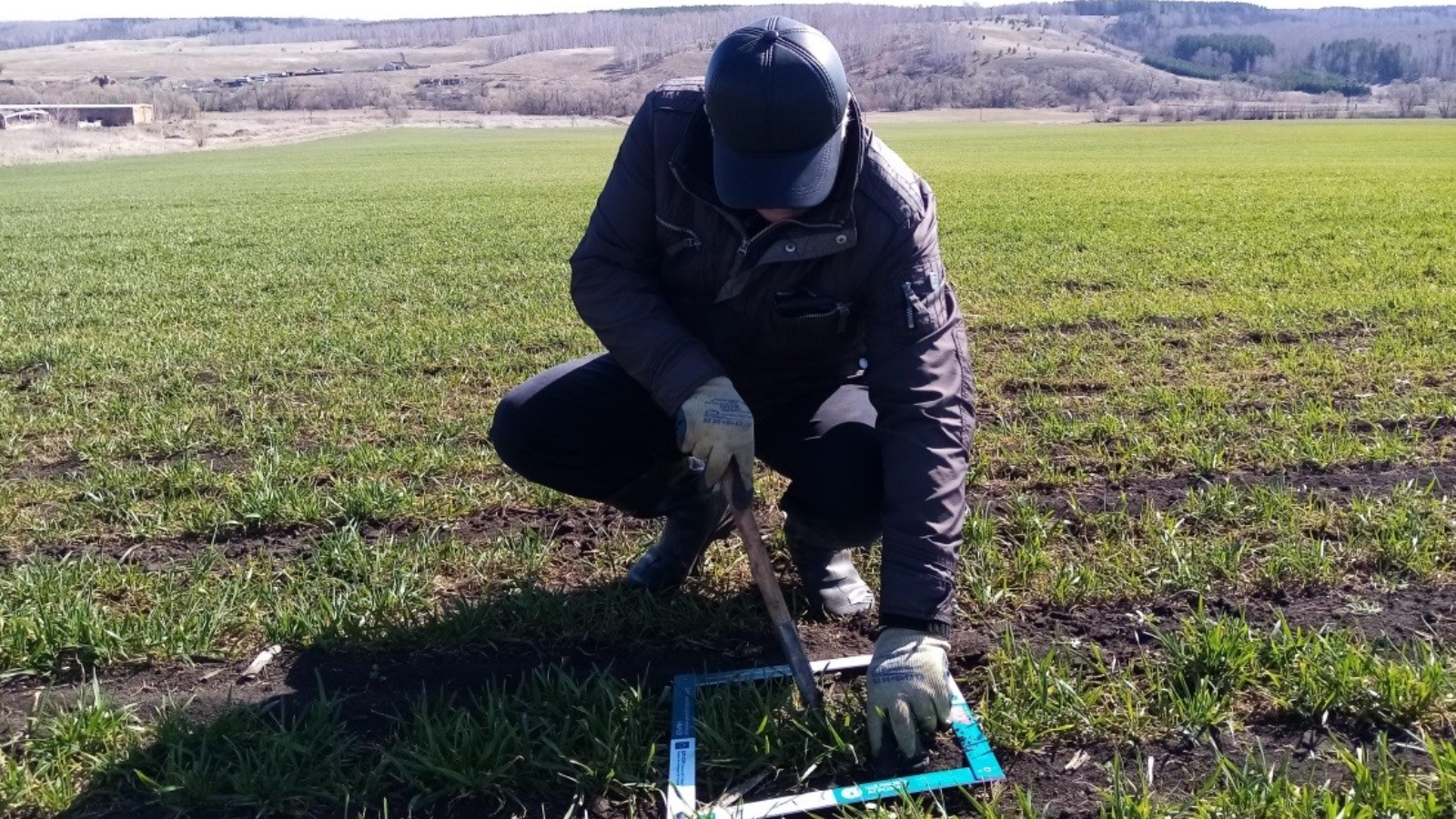The winter crops condition is under control of the Ministry of Agriculture and Food of the Republic of Tatarstan

In the Republic of Tatarstan, winter crops for this year were sown on an area of 552 thousand hectares. Specialists of regional agricultural departments together with the branch of the Federal State Budgetary Institution "Rosselkhoznadzor" in the Republic of Tatarstan systematically examine their condition.
According to the operational data of the Ministry of Agriculture and Food of the Republic of Tatarstan, death of winter crops has been recorded on an area of about 55 thousand hectares, which is about 10%.
Significant areas of crops death are observed in the following areas:
Mamadyshsky 50%
Drozhzhanovsky 36%
Kaibitsky 24%
Apastovsky 24%
Baltasinsky 23%
Cheremshansky 22%
Pestrechinsky 21%
The causes of death may be:
1. Autumn frosts in the snowless period, especially crops with a late sowing period were affected;
2. High snow cover and its prolonged occurrence led to the development of diseases (sclerotiniosis, snow mold, etc.);
3. Frosts after the resumption of the growing season, which reached up to -9 degrees in some districts.
Specialists of the State Budgetary Institution "Rosselkhoznadzor" for the Republic of Tatarstan recommend farmers to take a number of measures that will improve the condition of winter crops. This is, in particular:
• In fields where soil compaction is observed due to past spring precipitation, re-harrowing should be carried out to improve aeration, while using rotary harrows as much as possible.
* Taking into account the peculiarities of spring and the compaction of the soil, in the areas where sowing is planned, it is necessary to pay special attention to the depth of seed placement.
• It is necessary to quickly re-sow the dead areas to maximize the use of moisture for the crop and get friendly shoots. Seeds for re-sowing are available in the seed farms of the Association "Elite Seeds of Tatarstan".
In addition, there is a period of protective measures in parallel with leaf feeding.
Along with the development of diseases, the issue of Swedish, Hessian and winter flies is noted. Their harmfulness is dangerous for seedlings when the main stem is damaged. In this case, the yield reduction can reach up to 50%.
At the onset of optimal temperatures, experts advise to carry out treatment against weeds, pests and diseases. To reduce the pesticide load and the use of drugs at minimum doses, working solutions are recommended to be prepared in solution complexes, taking into account the quality of water.